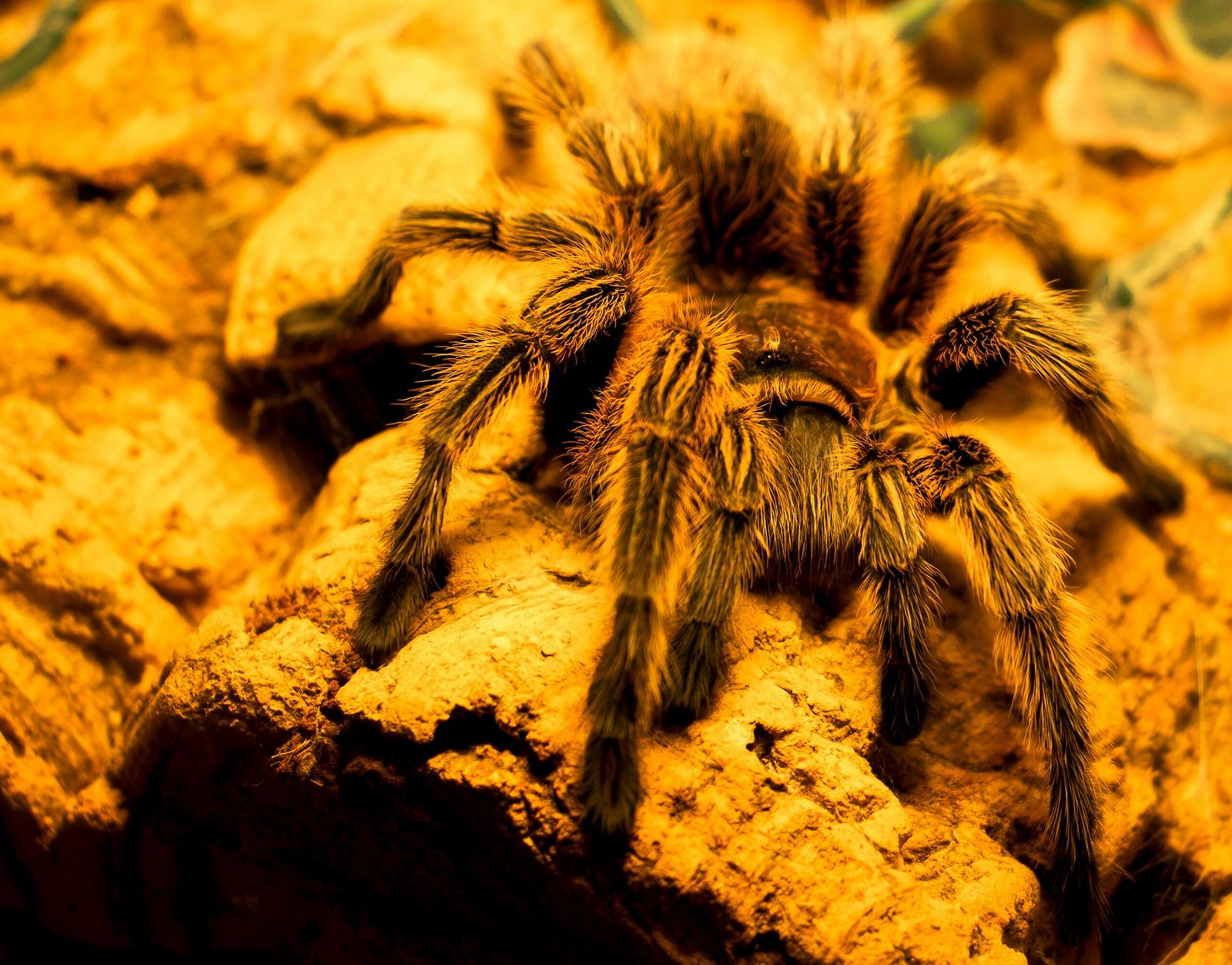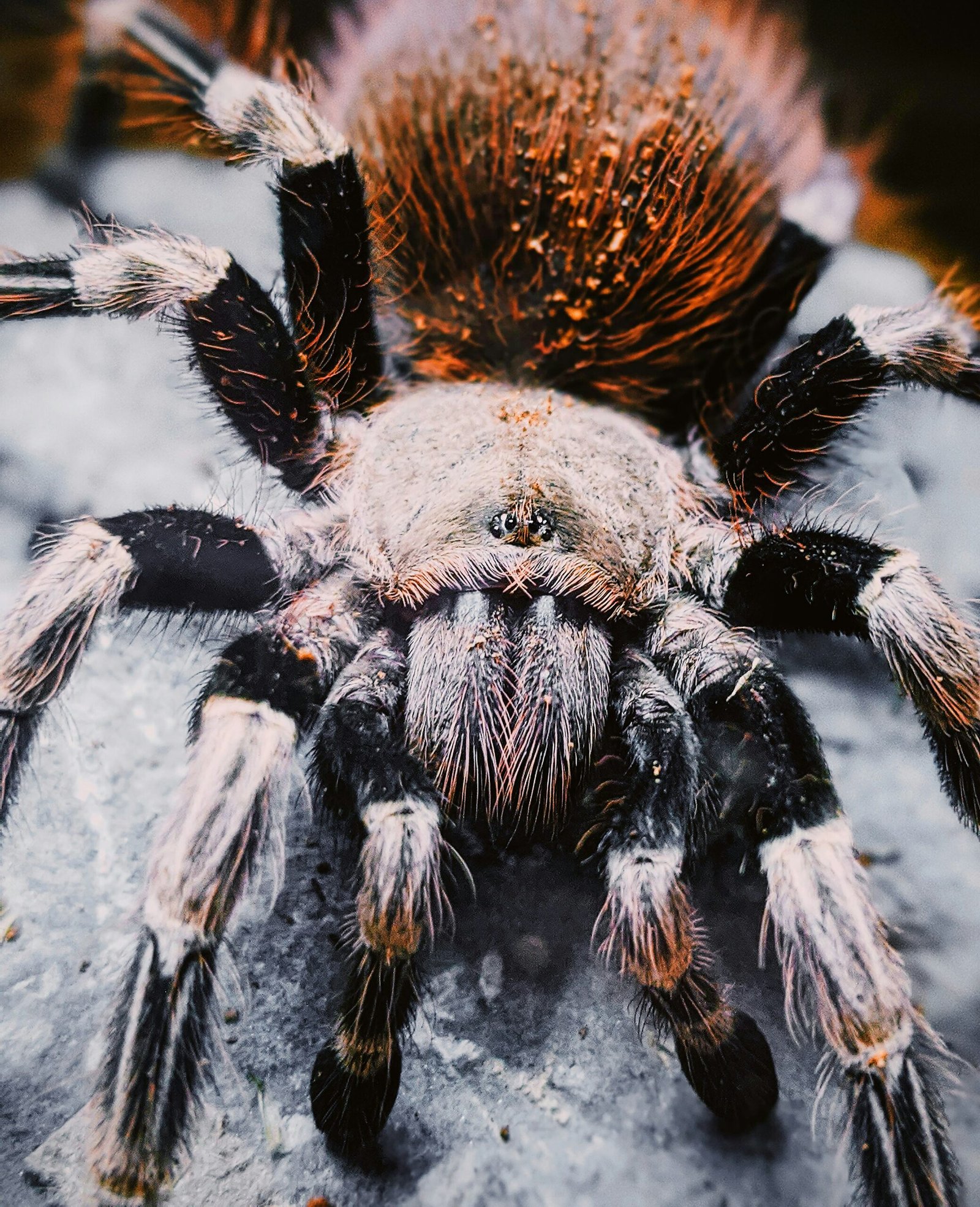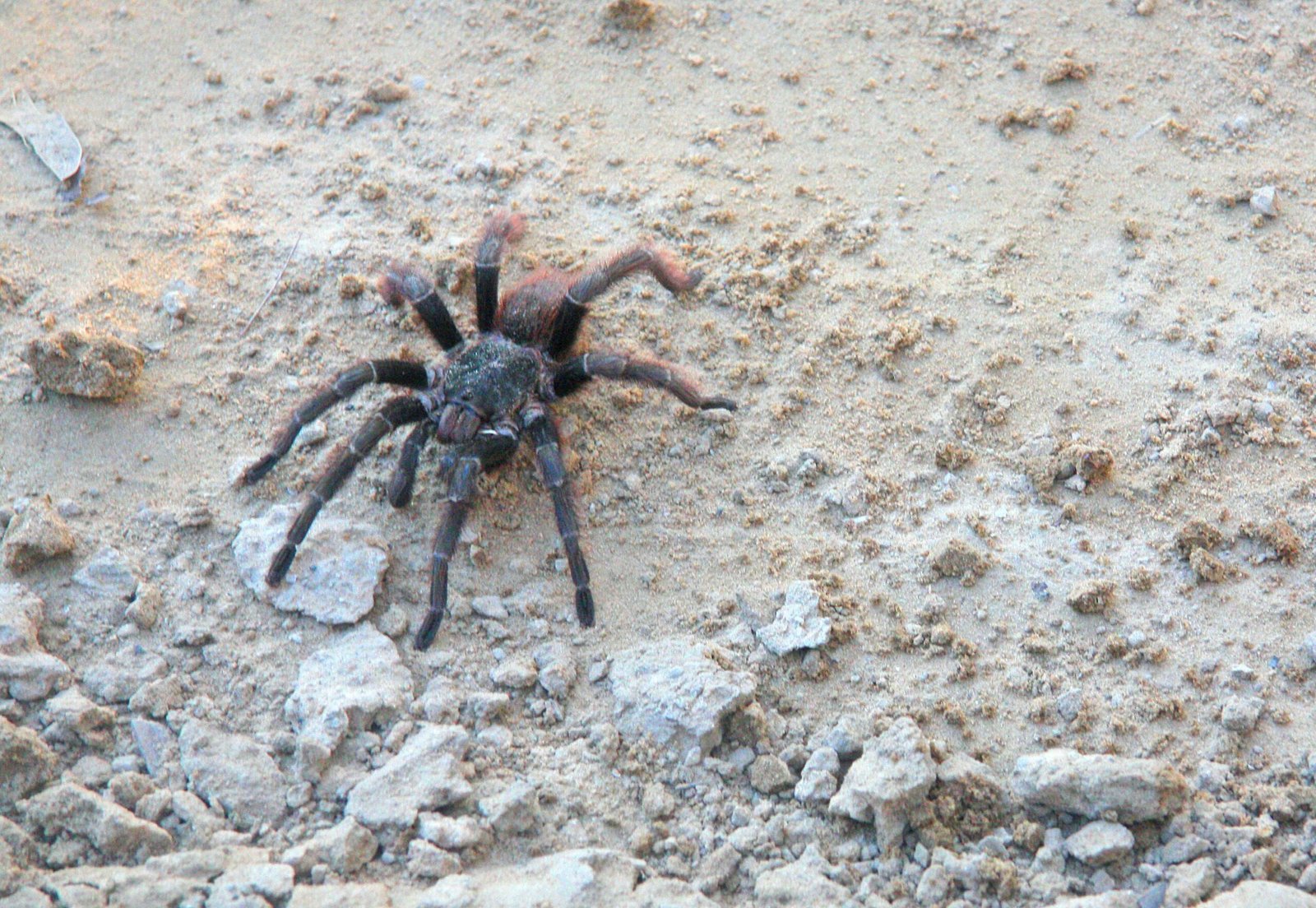If you’re a tarantula owner eagerly hoping for your furry friend to find a potential mate, it can be disheartening when your arachnid shows absolutely no interest in the matter. However, fear not, as there are a few plausible explanations for this lack of interest. Whether it’s due to age, health issues, or simply a matter of personal preference, understanding the reasons behind their disinterest can help you navigate this situation with ease. In this article, we will explore various strategies and suggestions to help you encourage your tarantula’s mating behavior, ensuring a happy and fruitful experience for both you and your eight-legged companion.
Signs of Lack of Interest in Mating
Decreased appetite
One of the signs that your tarantula may not be interested in mating is a decreased appetite. Tarantulas are usually voracious eaters, so if you notice that your tarantula is refusing food or eating significantly less than usual, it may be a sign that it is not in the mood for mating.
Lack of aggression
Another sign to look out for is a lack of aggression. During mating, male tarantulas typically display aggressive behavior towards the female. If your tarantula is displaying passive behavior and is not showing any signs of aggression towards potential mates, it may indicate a lack of interest in mating.
Avoidance behavior
Tarantulas are known for their solitary nature, but during mating season, they often become more active and seek out potential mates. If your tarantula is actively avoiding other tarantulas or displaying avoidance behavior, it could be a sign that it is not interested in mating.
Causes of Lack of Interest in Mating
Incorrect environmental conditions
Tarantulas are highly sensitive to their environment, and if the conditions are not suitable, they may not feel inclined to mate. Factors such as temperature, humidity levels, and enclosure size can all play a role in their willingness to engage in mating behavior.
Incompatibility between mating partners
Just like humans, tarantulas also have preferences when it comes to choosing a mating partner. They might not be interested in mating with a particular tarantula if they do not find them compatible. Factors such as size, age, and behavior can all influence their decision to mate.
Health issues or stress
If your tarantula is in poor health or is experiencing stress, it may not be interested in mating. Illness or injury can affect their reproductive system and decrease their desire to engage in mating behavior. Additionally, a stressful environment can also inhibit their willingness to mate.

Checking Environmental Conditions
Assessing temperature and humidity levels
Tarantulas require specific temperature and humidity conditions to thrive and reproduce. Use a thermometer and hygrometer to monitor the temperature and humidity levels in your tarantula’s enclosure. If these levels are not within the appropriate range, it may discourage mating behavior.
Ensuring the proper enclosure size
Tarantulas need enough space to move around comfortably and engage in mating behavior. Make sure that the enclosure is of an appropriate size for your tarantula’s species. Inadequate space can cause stress and hinder mating attempts.
Maintaining a comfortable and secluded space for mating
Creating a comfortable and secluded space within the enclosure can encourage your tarantula to engage in mating behavior. Provide hiding spots and visual barriers, such as rocks, branches, or plants, to create a sense of security and privacy.
Creating a Suitable Mating Environment
Providing the appropriate temperature and humidity
To create a suitable environment for mating, ensure that the temperature and humidity levels are within the optimal range for your tarantula species. This information can usually be found in care guides specific to your tarantula’s species.
Designing an ideal enclosure setup
An ideal enclosure setup for mating includes a combination of substrate, hiding spots, and adequate space. Research the specific requirements of your tarantula species and design the enclosure accordingly.
Offering hiding spots and visual barriers
Hiding spots and visual barriers can help create a sense of security and privacy for mating tarantulas. Provide rocks, branches, or plants that allow the tarantulas to hide from each other if they wish.

Assessing Mating Partner Compatibility
Checking for size and age compatibility
When considering potential mating partners for your tarantula, it’s important to ensure that they are of a similar size and age. A significant size difference or extreme age gap can lead to unsuccessful mating attempts or even harm to the smaller or younger tarantula.
Observing behavior and aggression levels
Observing the behavior and aggression levels of potential mating partners is crucial. Look for signs of aggression, such as chasing or fighting, as well as any dominant or submissive behaviors. A good match should exhibit compatible behavior and a willingness to approach each other.
Considering the species-specific mating patterns
Different tarantulas have different mating patterns, and it’s essential to consider these when assessing compatibility. Research the specific mating behaviors of your tarantula’s species to better understand what to expect and how to identify a suitable mating partner.
Health and Stress Factors
Checking for signs of illness or injury
Before attempting to mate your tarantula, make sure it is in good health and free from any signs of illness or injury. Signs such as lethargy, loss of appetite, or unusual physical abnormalities should be addressed before proceeding with mating attempts.
Minimizing stress in the tarantula’s environment
Stress can significantly impact a tarantula’s desire to mate. Minimize any potential stressors in the tarantula’s environment, such as loud noises, frequent disturbances, or abrupt changes in temperature or humidity. A calm and stable environment can help promote mating behavior.
Consulting with a veterinarian or tarantula expert
If you are unsure about the health or stress levels of your tarantula, it’s always a good idea to seek advice from a veterinarian or a tarantula expert. They can provide guidance on how to create the best conditions for successful mating or address any health concerns that may be affecting your tarantula’s interest in mating.

Stimulating the Mating Process
Providing a quiet and dimly lit environment
Tarantulas prefer a calm and quiet environment for mating. Reduce noise and ensure that the mating area is dimly lit to create a relaxing atmosphere for the tarantulas to engage in courtship and mating.
Introducing pheromones or signaling methods
Pheromones are natural chemical substances that tarantulas use to communicate and attract mates. Introducing synthetic pheromones or using other signaling methods, such as gentle vibrations or tapping, can help stimulate the mating process and increase interest between potential partners.
Simulating natural environmental cues
In some cases, tarantulas may not show interest in mating due to the absence of natural environmental cues. These cues can include changes in temperature or humidity, specific lighting conditions, or seasonal shifts. Research the natural habitat and breeding conditions of your tarantula species and try to mimic these cues in the mating environment.
Observing and Monitoring Behavior
Carefully watching for signs of interest and receptiveness
During the mating process, closely observe the behavior of both tarantulas for signs of interest and receptiveness. Look for behaviors such as tapping, drumming, leg movements, or other courtship displays. These behaviors indicate that the tarantulas are actively engaged in mating behaviors.
Recording and analyzing behavioral patterns
Keep a record of the behavioral patterns exhibited by your tarantulas during the mating process. This can help you identify any patterns or specific behaviors that lead to successful mating attempts or indicate a lack of interest.
Taking notes on any successful attempts
If successful mating occurs, take detailed notes on the process, including the behaviors exhibited by both tarantulas and the conditions of the mating environment. This information can be valuable for future reference and improving your breeding methods.

Ensuring Safety and Preventing Attacks
Using a proper mating container or controlled environment
To ensure the safety of both tarantulas and prevent potential attacks, it is recommended to use a proper mating container or a controlled environment. These containers are specifically designed to restrict movement and minimize the risk of injury during mating.
Avoiding physical harm during the process
When handling or observing tarantulas during the mating process, it’s essential to be extremely cautious to avoid any physical harm to the tarantulas. Gentle and careful handling is crucial to prevent injuries or trigger aggressive responses.
Separating the tarantulas if aggression occurs
If aggression occurs during the mating process, it is crucial to separate the tarantulas immediately to prevent any harm. Never force the tarantulas to mate if they are displaying aggressive behavior towards each other.
Considering Alternative Options
Seeking out a different mating partner
If your tarantula continues to show no interest in mating with a particular partner, consider seeking out a different mating partner. Compatibility plays a significant role in successful mating, and finding a tarantula that your tarantula is more compatible with may increase the chances of successful breeding.
Waiting for a better time or season
Tarantulas have specific mating seasons, and their behavior can vary depending on the time of year. If your tarantula is not showing interest in mating currently, it may be worth waiting for a better time or season when their natural instincts are more active.
Breeding with a different tarantula species
If all else fails and your tarantula continuously shows no interest in mating, you might consider breeding with a different tarantula species. Different species have different mating behaviors and preferences, and your tarantula may be more inclined to mate with a different species.
Remember, it’s crucial to prioritize the well-being and safety of your tarantulas throughout the mating process. Pay attention to their behavior, create a suitable mating environment, and consult with experts when needed to ensure a positive and successful breeding experience.

